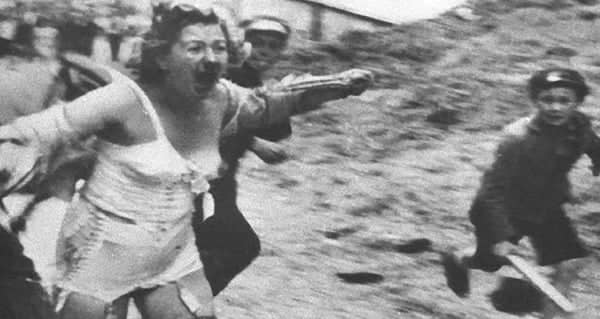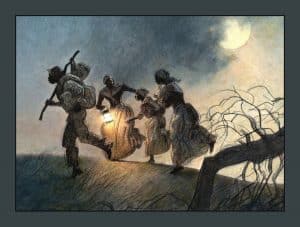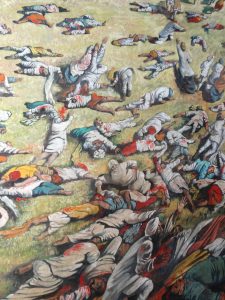The Holocaust was one of the darkest chapters in human history, and it remains a source of shock, horror, and sorrow to this day. The Holocaust was the systematic extermination of millions of Jews, Roma, disabled individuals, and other “undesirables” by the Nazi regime in Europe during World War II. It was a crime of unprecedented scale and brutality, and it stands as a warning against the dangers of racism, prejudice, and hatred.
But most people seem to have a lot of misconceptions about this tragic event, here we have given our best to list down some of them. I hope it will help people to see this tragedic event differently and more accurately.
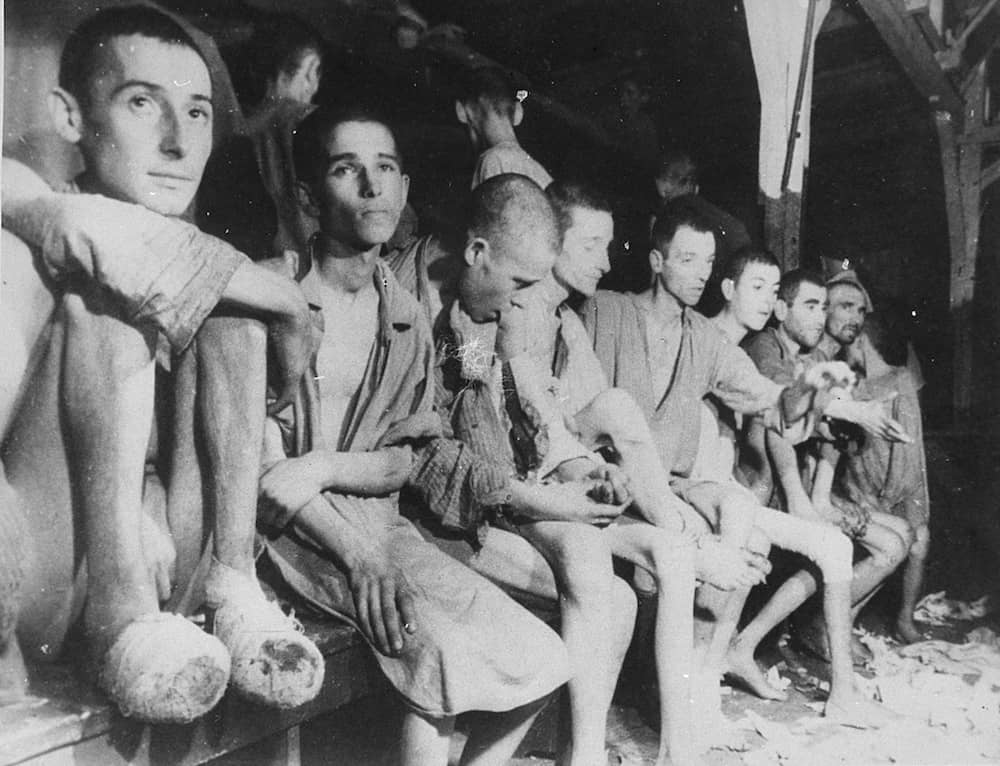
Here are 7 Misconceptions That Might Change Your Perspective Forever.
1. The Holocaust was a sudden, spontaneous event.
In reality, it was the result of a long process of persecution and dehumanization of targeted groups by the Nazi regime. Over the years leading up to World War II, the Nazis implemented a series of laws and policies designed to strip Jews and other marginalized groups of their rights and property, and to isolate them from society.
The Holocaust did not begin with the mass killing of Jews in concentration camps, but with the passage of discriminatory laws and the targeting of individuals for persecution.
You May Like: He Was So Bad, He Asked For His Own Execution
2. The Holocaust only affected Jewish people.
Most think Holocaust was a massacre of only Jewish but it also targeted and claimed the lives of millions of Roma, disabled individuals, political dissidents, and others deemed “undesirable” by the Nazi government. The Holocaust was not just a genocide of Jewish people, but of many other groups as well.
The Roma, for example, were subjected to forced sterilization and extermination in concentration camps, and disabled individuals were killed in large numbers as part of the Nazis’ “euthanasia” program
3. The Holocaust only occurred in concentration camps.
In fact, it also involved mass shootings, forced labor camps, and other forms of persecution and murder. While the concentration camps are the best-known aspect of the Holocaust, they were only one part of the larger system of genocide and oppression that the Nazi regime implemented.
Many Jews, Roma, and other victims of the Holocaust were killed in mass shootings, either in open pits or in mobile gas vans, while others were forced to work in brutal conditions in labor camps, where many died from disease, starvation, or mistreatment.
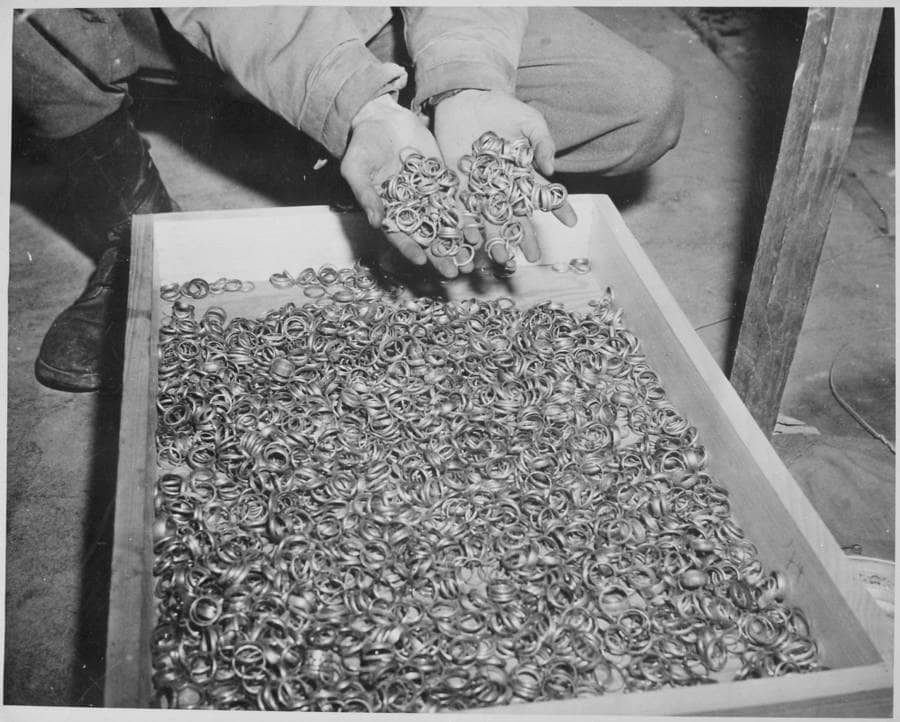
4. The Holocaust was only carried out by the Nazi regime in Germany.
In reality, it was a pan-European phenomenon, with collaborators and accomplices in many other countries. While the Holocaust was initiated and carried out by the Nazi regime in Germany, it could not have been accomplished without the assistance of many other individuals and institutions in Europe.
The Nazis relied on the support of local authorities, police, and civilians in occupied territories to round up Jews and other victims, and many governments and businesses in Europe profited from the exploitation of forced labor and the theft of Jewish property.
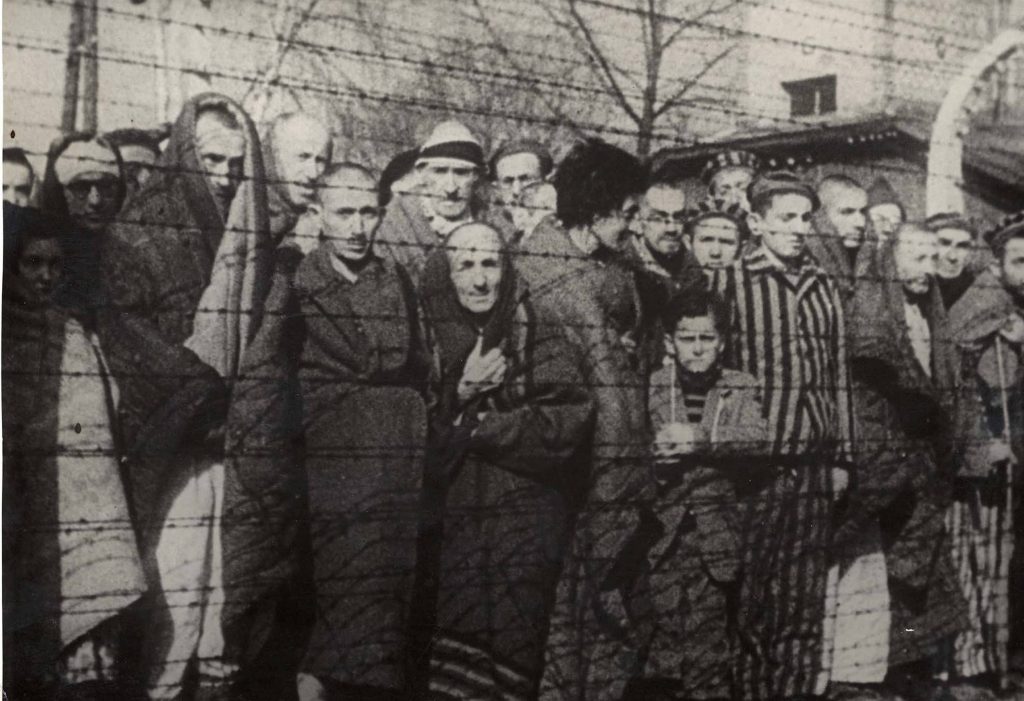
You May Like: The ‘Monster Study’: The Creepiest Experiment Ever Done in Human History
5. The Holocaust was a secret, hidden event.
In fact, many aspects of the Holocaust were well-known at the time, and there were reports of the atrocities being committed in the media and by eyewitnesses. Despite the Nazis’ attempts to conceal the true extent of the Holocaust, there were many reports of the atrocities being committed that were widely known at the time.
Journalists, diplomats, and even ordinary individuals who witnessed or heard about the mass shootings and concentration camps reported on what they saw, and these reports were published in newspapers and other media outlets. In addition, the Nazis themselves often boasted about their “achievements” in implementing the Holocaust, and many of their propaganda films and publications openly celebrated the killing of Jews and other “undesirables.”
6. The Holocaust was a uniquely German crime.
Genocide and mass atrocities have occurred in many other places and times throughout history. While the Holocaust was a particularly heinous and extensive example of genocide, it was not the only instance of such a crime in history. Genocides have been committed by many different regimes, in many different parts of the world, and continue to be a tragic and ongoing problem.
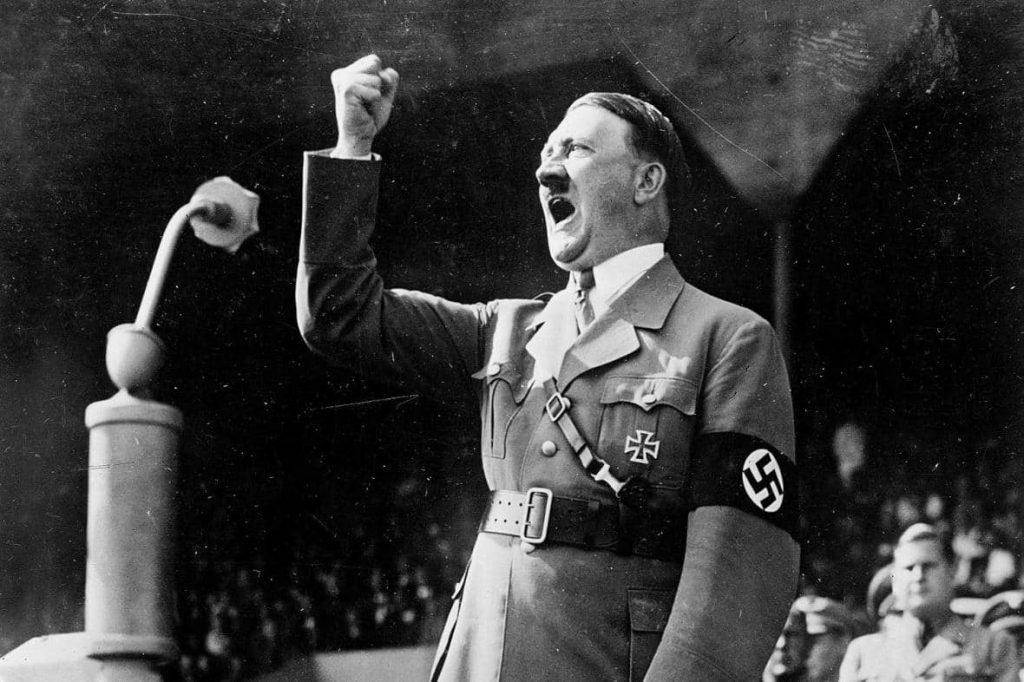
7. The Holocaust was the result of a single, evil individual (Adolf Hitler).
Actually, it was the product of a complex set of political, social, and economic factors, and many people and institutions were complicit in its execution. The Holocaust was not just the result of Hitler’s personal hatred and fanatic
Releted: The Man Who Killed Millions and Saved Billions
Despite all these many misconceptions and misunderstandings that continue to surround the Holocaust, it is crucial that we remember and learn from this dark chapter in our history. By remembering the victims, honoring the survivors, and upholding the lessons of the Holocaust, we can ensure that such atrocities never happen again.

